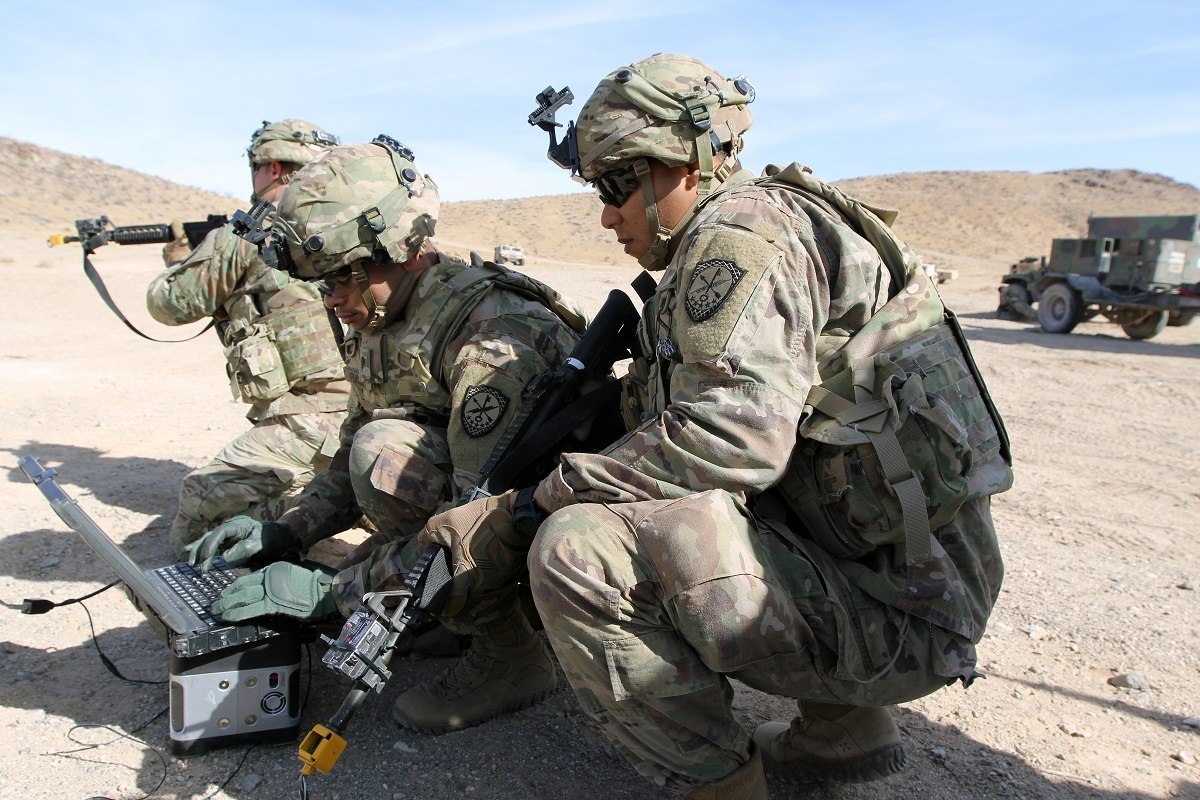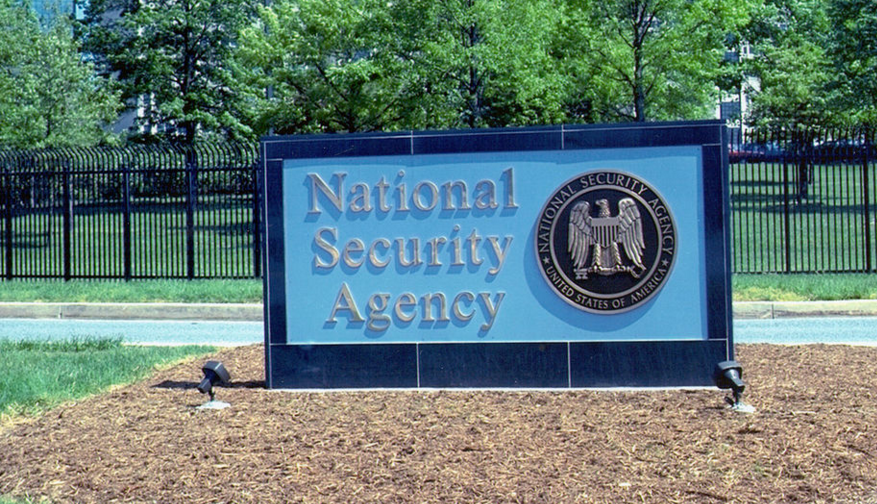U.S. Army, Pentagon making cyberwar advances as enemies plan for devastating attacks on our critical infrastructure
07/11/2018 / By JD Heyes

In recent years, cyber warfare has vaulted to the top of a list of national security threats facing the U.S. in the second decade of the 21st century, and unfortunately, in many ways, our military is playing catch-up.
While we were focused on fighting low-intensity wars in Iraq and Afghanistan (now going on 17-plus years), our near-peer competitors — Russia and China — were developing cyber and electronic warfare capabilities in anticipation that their next war would not take place in the deserts and hills of some isolated country fighting men equipped mostly with small arms.
Russia, in particular, has developed a highly capable cyber and electronic warfare threat, the latter of which it has used successfully against American and coalition forces in Syria.
The U.S. Army is not without capability in this new and emerging warfighting domain, but it is not as far along as The Red Army, for certain. Part of that is that our focus has been on a low-tech enemy, and the other part is that cultural changes come slowly in the military services.
As reported by Fifth Domain, the Army is making advances — and none too soon, because the next great-power conflict will involve elements of cyber and electronic warfare:
The U.S. military has made great strides to develop a cyber workforce. For the Army, this has included creating a cyber command, cyber schools and a cyber military occupational specialty for enlisted soldiers, along with commissioning officers directly into a new cyber branch and sending cyber and electromagnetic activity teams and planners down to the brigade level — just to mention a few developments.
But the military services have historically been very resistant to major change. The full integration of cyberwarriors and the ability to integrate cyber capabilities into the core functions of warfighting still face many cultural battles that could slow momentum.
Why the military will be tasked with cyber-response
The Army has a 10-year plan, just published last month, to both grow cyber and electronic capabilities while adapting the entire service to meet threat environments today and those expected in the future. High-tech systems like drones and newer battlefield weapons depend on signals to operate accurately and with lethality, two elements of warfighting that can be disrupted with cyber- and electronic warfare. (Related: Army preparing for “irregular warfare” using electronic and cyber operations as Russia, China rise.)
The Air Force, meanwhile, has formally issued a proposal for Unified Platform, a long-awaited Defense Department cyber weapon system.
The Unified Platform is one of Cyber Command’s most pressing and critical acquisition programs thus far. Officials have said the platform is necessary to cyber operations and is crucial to national security.
Pentagon officials have noted that Unified Platform will contain both offensive and defensive tools and allow for command/control, situational awareness and planning. Cyber industry officials have referred to the Unified Platform as a “cyber carrier” – like an aircraft carrier for the Navy – that will be used to launch cyber operations and intelligence, surveillance, and reconnaissance.
The military’s increasing cyber and electronic warfare capabilities come at a time when critical infrastructure owned and operated by the private sector will need a lot of help defending from attack. Since private companies cannot, under the 1986 Computer Fraud and Abuse Act, initiate counter-cyber strikes, it will be up to the Pentagon to do so if and when it becomes appropriate.
Which could be soon. Not only has the U.S. military historically been vulnerable to cyber attacks, which would cripple American forces in the field, U.S. infrastructure is also extremely vulnerable. And so is the U.S. government.
American forces will be more heavily relied upon to carry out offensive and defensive cyber and electronic operations from here on out. It’s about time we developed the capability to carry out those missions.
Read more about cybersecurity issues and new military technology at MilitaryTechnology.news.
J.D. Heyes is editor of The National Sentinel and a senior writer for Natural News and News Target.
Sources include:
Tagged Under: air force, China, cyber war, cybersecurity, cyberwar, electronic warfare, Glitch, modern military, Modern warfare, national security, near-peer competitor, Russia, U.S. Army, Unified Platform, United States




















